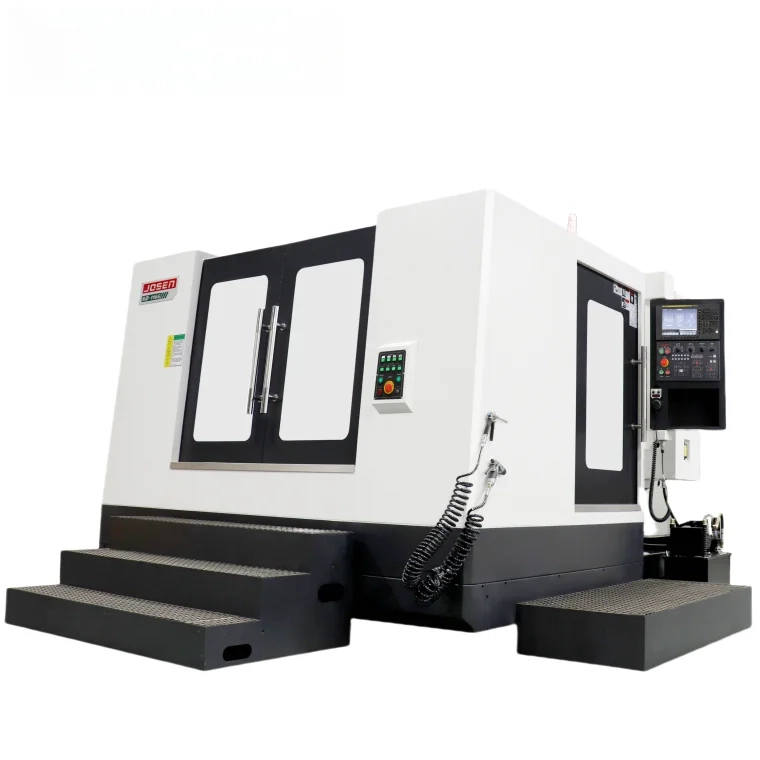In the realm of internal combustion engines, the efficiency and performance of fuel delivery systems are paramount. Among the various technologies employed, mechanical injectors stand out for their simplicity, reliability, and effectiveness. This article aims to provide an in-depth understanding of how mechanical injectors work, exploring their design, operation, and significance in modern automotive engineering.
Understanding Mechanical Injectors
Mechanical injectors, often referred to as mechanical fuel injectors, are devices that deliver fuel into the combustion chamber of an engine. Unlike electronic fuel injectors, which rely on electronic signals to operate, mechanical injectors function based on mechanical principles. They are commonly found in older diesel engines and some gasoline engines, where they play a crucial role in fuel atomization and combustion efficiency.
The Anatomy of a Mechanical Injector
To comprehend how mechanical injectors work, it is essential to understand their components:
- Injector Body: The main housing that contains all the internal components.
- Nozzle: The part through which fuel is injected into the combustion chamber. The design of the nozzle is critical for achieving optimal atomization.
- Spring: A mechanical spring that controls the opening and closing of the injector nozzle.
- Plunger: A cylindrical component that moves up and down to regulate fuel flow.
- Fuel Inlet: The entry point for fuel, typically connected to the fuel supply line.
The Operating Principle
Mechanical injectors operate based on the principles of pressure and mechanical movement. Here’s a step-by-step breakdown of their operation:
- Fuel Delivery: Fuel is supplied to the injector from the fuel tank through a fuel pump. The fuel enters the injector body via the fuel inlet.
- Pressure Build-Up: As fuel flows into the injector, it builds up pressure within the injector body. This pressure is crucial for the injector's operation.
- Plunger Movement: The mechanical injector is equipped with a plunger that is pushed upward by the fuel pressure. When the pressure reaches a predetermined level, it overcomes the force of the spring, causing the plunger to lift.
- Nozzle Opening: As the plunger rises, it uncovers the nozzle opening. This allows the pressurized fuel to escape through the nozzle and into the combustion chamber.
- Atomization: The design of the nozzle is critical for atomization. As the fuel exits the nozzle, it is broken into fine droplets, which enhances the mixing of fuel and air, leading to more efficient combustion.
- Closing Cycle: Once the fuel delivery is complete, the pressure drops, and the spring forces the plunger back down, closing the nozzle and stopping fuel flow. This cycle repeats with each engine cycle.
Advantages of Mechanical Injectors
Mechanical injectors offer several advantages that contribute to their continued use in specific applications:
- Simplicity: The mechanical design eliminates the need for complex electronic controls, making them easier to maintain and repair.
- Reliability: With fewer electronic components, mechanical injectors are less prone to failure, especially in harsh operating conditions.
- Cost-Effectiveness: Mechanical injectors are generally less expensive to manufacture and replace compared to their electronic counterparts.
Applications and Limitations
While mechanical injectors are effective, their applications are somewhat limited in modern automotive engineering. They are primarily found in older diesel engines and some performance applications where simplicity and reliability are prioritized. However, they lack the precision and adaptability of electronic fuel injection systems, which can adjust fuel delivery based on real-time engine conditions.
Conclusion
Mechanical injectors play a vital role in the fuel delivery systems of various engines, particularly in older models. Understanding their operation provides valuable insights into the mechanics of combustion and the evolution of fuel injection technology. While electronic fuel injectors dominate the market today, the principles behind mechanical injectors remain relevant, showcasing the ingenuity of engineering in achieving efficient fuel delivery. As automotive technology continues to advance, the legacy of mechanical injectors serves as a reminder of the foundational concepts that drive engine performance and efficiency.





+ There are no comments
Add yours